In his seminal book The Descent of Man, Charles Darwin confidently stated that male mammals were mostly bigger than females. At first, this theory – known as sexual size dimorphism (SSD) – seemed to make perfect sense. After all, Darwin thought, females must put much of their energy into their offspring during gestation and after birth. And males must be bigger and stronger to compete with other males, especially if a fight is on the cards.
Darwin's view has been held for over 150 years – and has been rarely challenged. However, a new study from scientists at the City University of New York and Princeton could now blow it apart. The research suggests there is actually no difference in size between males and females in most mammal species.
In total, 429 species of mammals were used in the research, with nine individuals per species examined. In animals where dimorphism occured (where the sexes have distinct aesthetic features – think lions or deer), males tended to be larger. However, for most species, this pattern wasn't true.
For example, there are many species of bats and rodents where little dimorphism occurs, with males and females looking remarkably similar.
"I was surprised to see that almost half of bats had larger females, and that half of rodents have sexual size monomorphism, meaning their males and females are the same size," Dr Kaia Tombak, lead scientist behind the study, told BBC Science Focus. "These two taxa [animal groups] make up a huge portion of all mammals."
In previous studies on dimorphism, these species tended to be excluded from the results.
"The 'larger males' narrative is still very much entrenched in evolutionary biology," Tombak said. "But if this paper gets enough attention, it should help change that!"
Bats
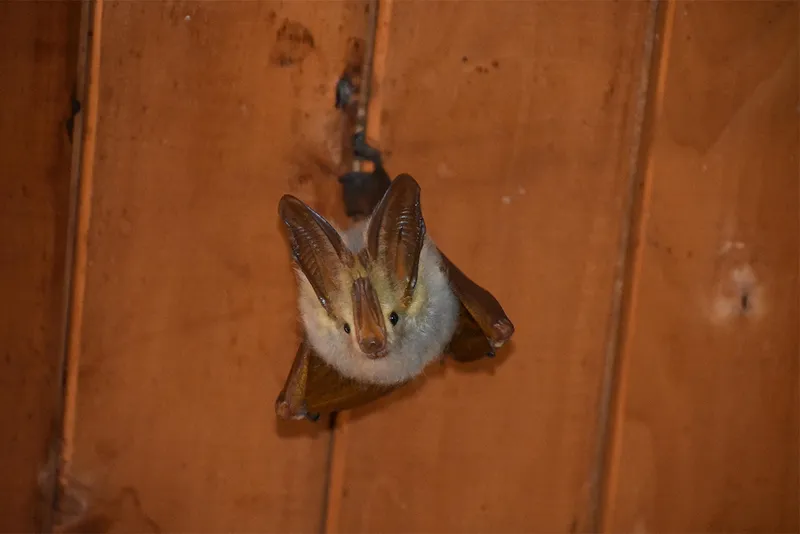
The most extreme female-biased dimorphism (where females are larger than males) was found in the peninsular tube-nosed bat (Murina peninsularis). Female world leaf-nosed bats (phyllostomidae) also tended to be bigger than the males.
Zebras
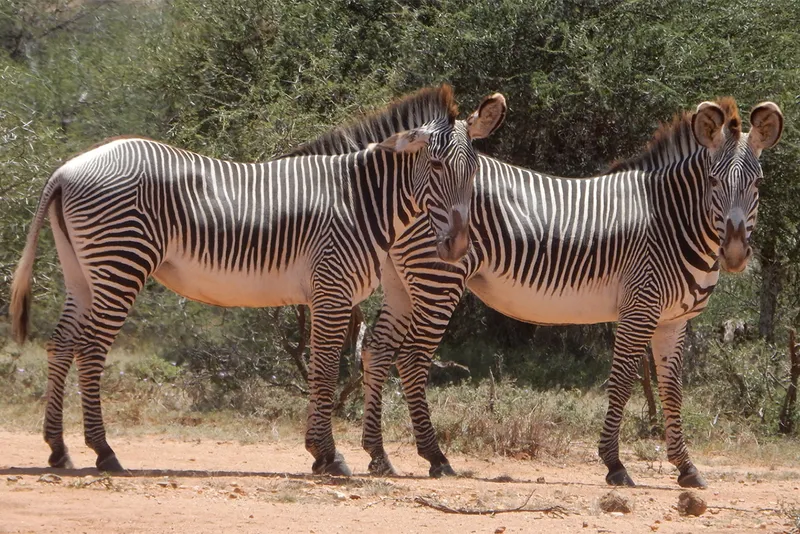
Elephant seals
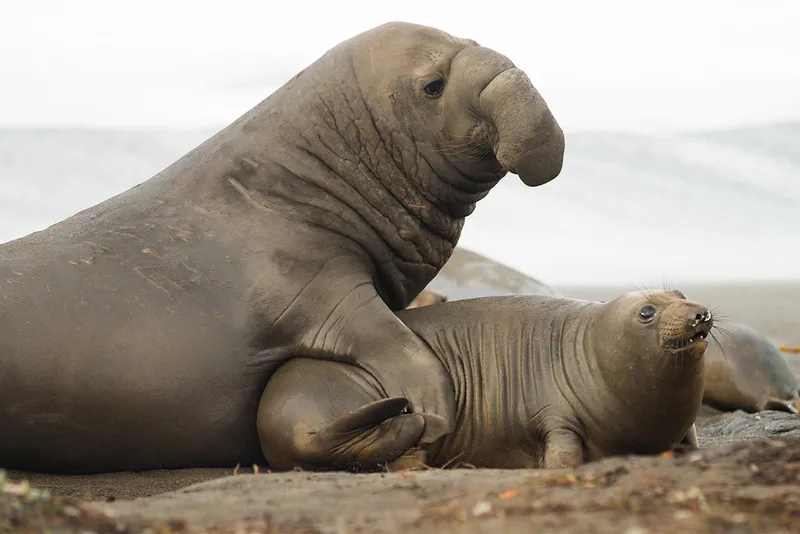
The biggest example of male sexual dimorphism was found in the study of the northern elephant seal (Mirounga angustirostris), where on average males were over three times the size of females.
Gazelles
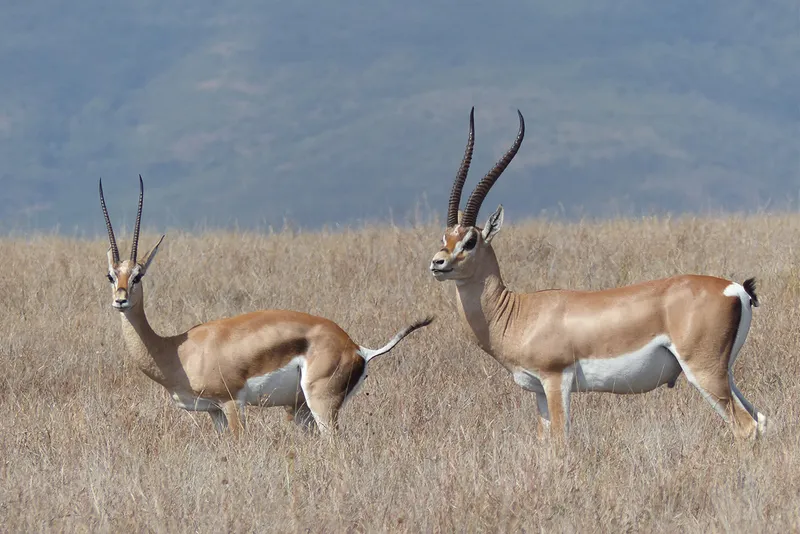
Elephants
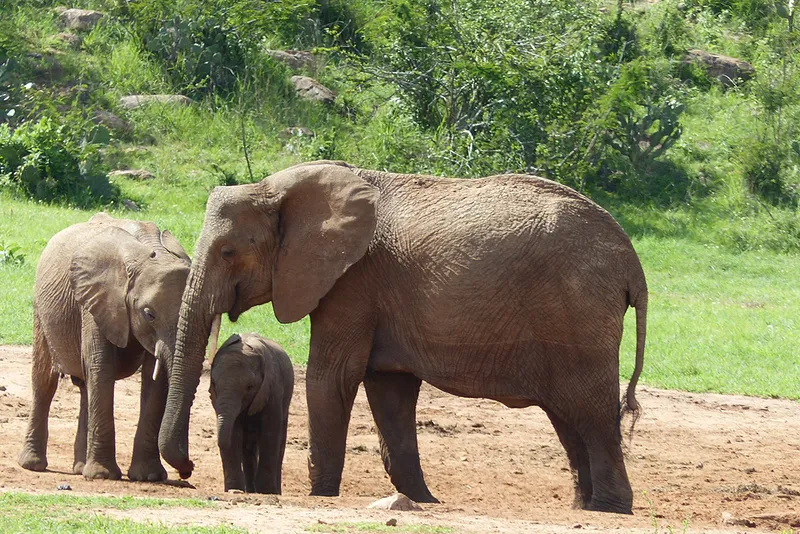
Oryx
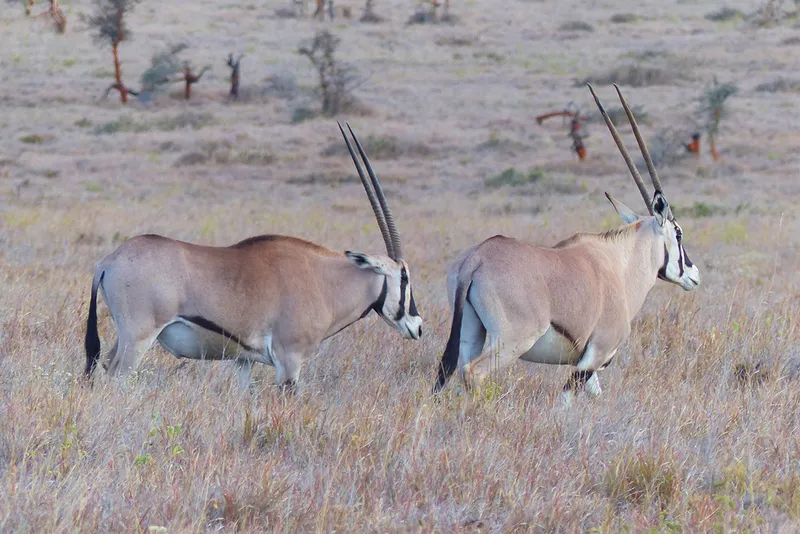
Prarie dogs
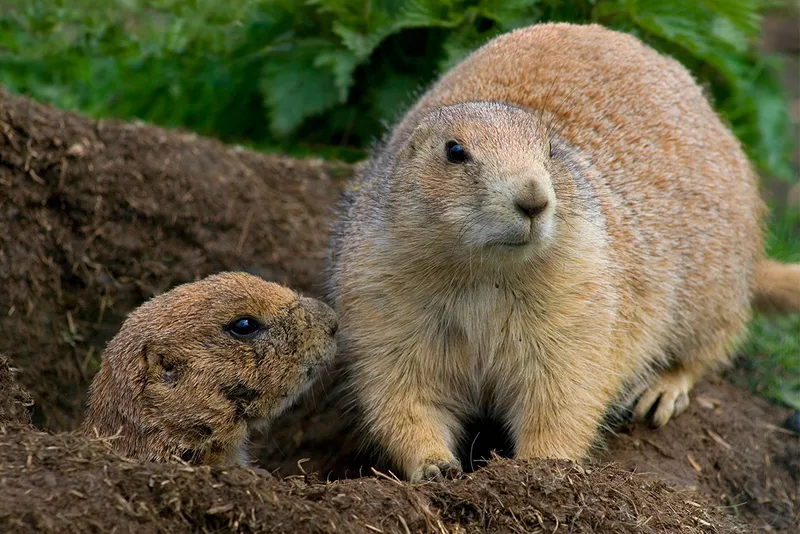
Seasonal variation in body size at the individual level can affect results when investigating dimorphism. For example, throughout the year, body mass fluctuations in both male and female prairie dogs can result in males being much larger than females at the beginning of the breeding season, but the same size by the end of the season.
Three-toed sloths
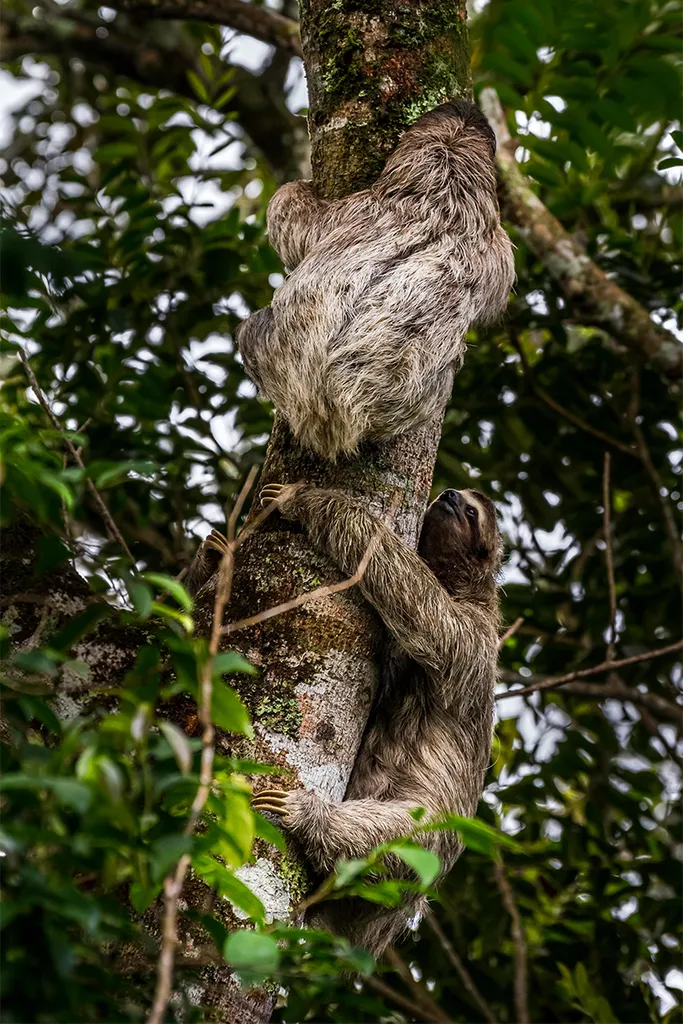
Giraffes
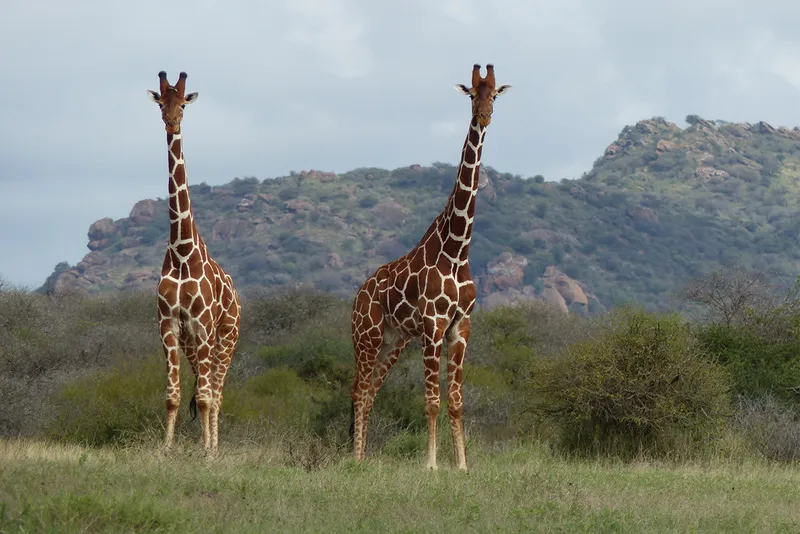
Lemurs
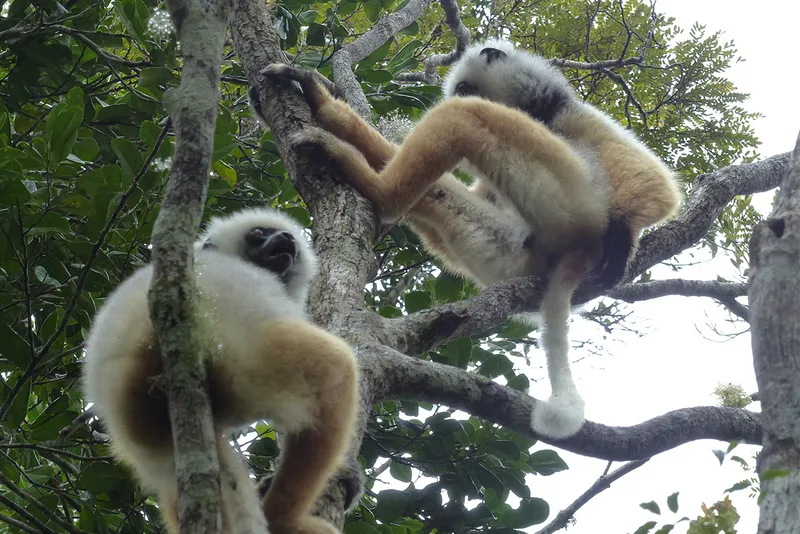
Gorillas
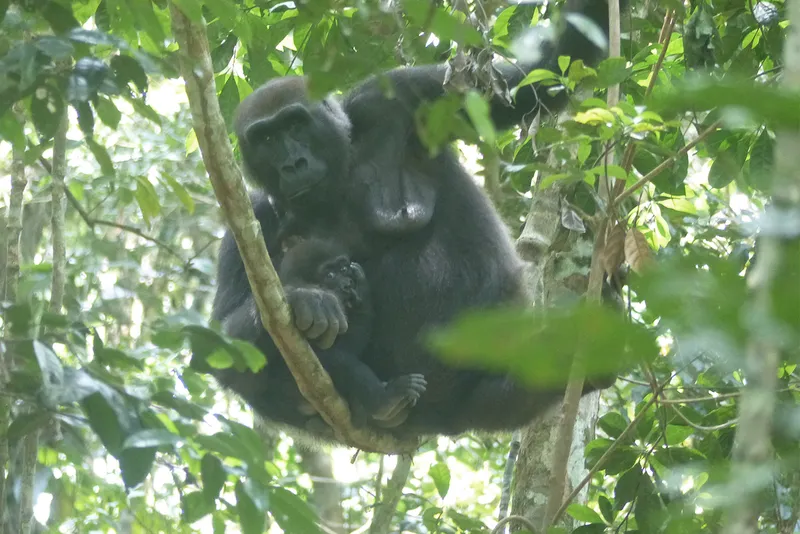
Read more:
